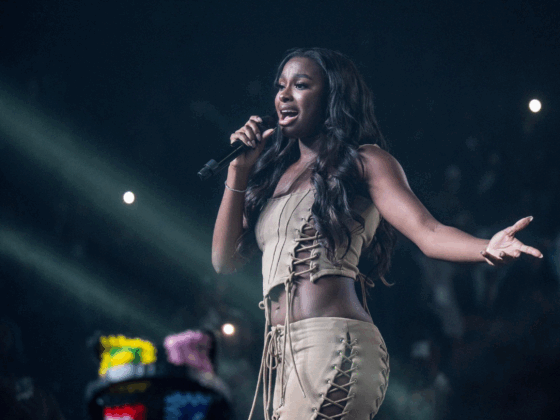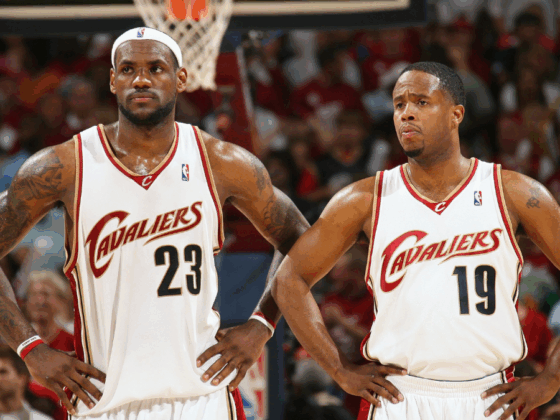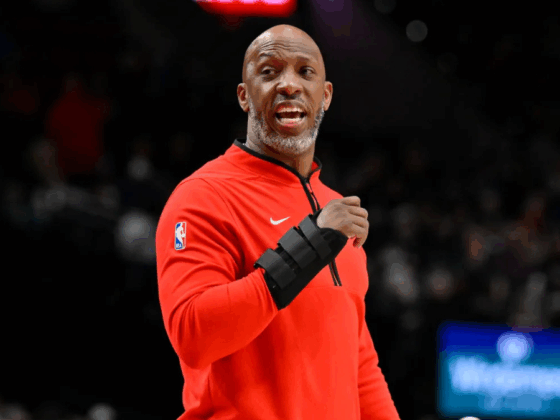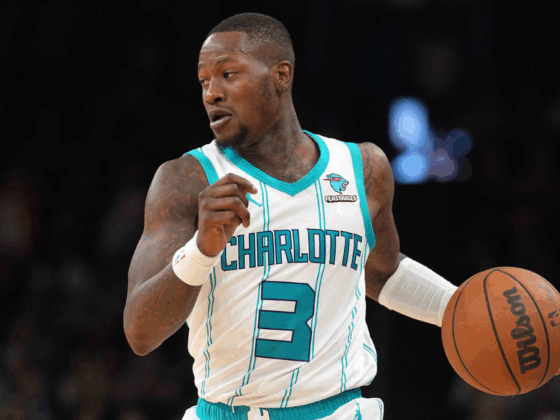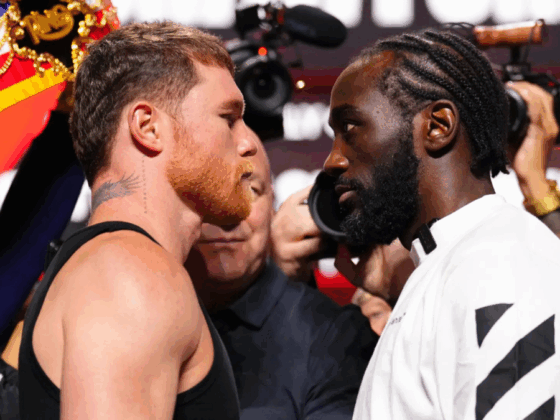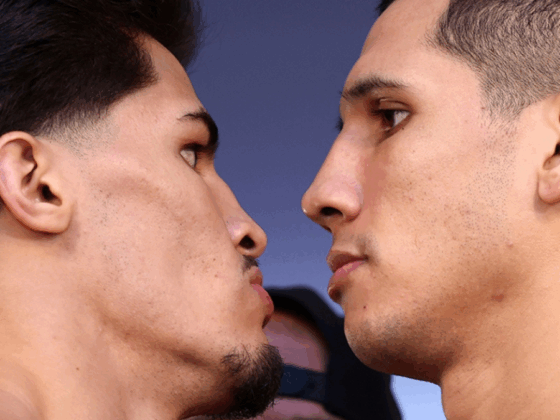
When Victor Oladipo entered the league after three years of honing his game for the Indiana Hoosiers, stardom was being written into his future already. Selected by the Orlando Magic with the second pick in the 2013 draft – directly after Cleveland Cavaliers mega-bust Anthony Bennett – the explosive 6-foot-4 guard was a coveted prodigy.
Three years after his draft night, Victor Oladipo’s chances to become the superstar had dwindled every year he spent in Florida. After averaging 16 points, 4.8 rebounds and 3.8 assists while shooting a substandard 43.8 percent from the field and 34.8 percent from behind the arc, the Magic cut their losses and shipped him off to Oklahoma City. To reinforce how little Orlando thought of Oladipo, Serge Ibaka – the player they received in said trade – was traded to the Toronto Raptors less than six months later.
The basketball community predicted Victor Oladipo to finally break out in a new city, especially as an understudy to the pinnacle of uber-athletic guards in Russell Westbrook. Sports Illustrated writer Ben Golliver had this to say when grading the trade for the Thunder:
“The Thunder will be able to utilize him as a third guard who handles the ball some or they can pair him with Westbrook in an interchangeable combination that has the potential to punish opposing backcourts.”
By the end of the 47-win season, Westbrook was the league’s Most Valuable Player. He became the second player in NBA history to average a triple double, crushing records and rims on his merry way. With all the individual success the Westbrook Show was producing, Oladipo’s growth was put on the shelf. He was often forced into a spot-up shooters role next to Russ, a role that exposed his flaws and hid his strengths.
Instead of being able to use his jaw-dropping athleticism to slash, handle and create, he was stuck in the corner stretching the floor for a rampant MVP. When he did get his chance to shine on the ball, Oladipo looked gun shy and unsure of his own abilities in the strange new role.
For the most part, Westbrook was phenomenal. However, the way an open Oladipo was completely overlooked in favor of a poor Westbrook decision like you see below became regular viewing for Thunder fans:
Oladipo finished the season averaging 15.9 points, 4.3 rebounds and 2.6 assists. His 44.2 percent field goal clip and 36.1 3-point percentage were both career-best marks, but they were still underwhelming for a player who was supposed to be one of the league’s best guards by year four.
The Thunder had once coveted his services, but with his misshapen fit next to Westbrook apparent for all to see, Victor Oladipo quickly became expendable, again.
After Paul George requested the Indiana Pacers to trade him and the last year of his contract, Oladipo was packing his bags for a second time in his young career. This time he was heading back to Indiana, the last place he was truly considered a rising star.
Reactions to this move were a little different. Even optimistic locals were perplexed. When analyzing the trade, IndyStar beat writer Greg Doyel simply asked “Did the Pacers have to lose this badly?”. At the time, waging on Oladipo’s failure to reach his potential was a safe bet.
However, while the NBA world questioned his talents, Victor Oladipo was sharpening up his body in order to prove them wrong. He was already a volcanic athlete, but poor conditioning often let Oladipo down late in games. When the high-usage Westbrook did hand him the scoring reigns in the final term, the 26-year-old converted just 41.4 percent of his field goals. A solid indicator that his body couldn’t handle the back end of the 33.2 minutes he featured in per outing.
First, Oladipo linked up with high profile personal trainer David Alexander from DBC Fitness in Miami. With Alexander’s help he transformed his diet, in the process turning himself into a quicker, leaner, stronger version of the Victor Oladipo we had seen in Orlando and Oklahoma.
The new and improved Pacer put the turnaround into his own words when talking to Pacers.com’s Mark Montieth:
“I wasn’t fat per se, but I was stocky,” he said. “I’m leaner than I’ve ever been in my entire life, so I feel great. I just locked in and got better. I just feel good. I feel in shape. I don’t get tired as fast as I used to.”
With a bigger tank, a stronger frame and a burning desire to prove the critics wrong, Oladipo unleashed hell upon the league the moment his Pacers career began. His new look helped, but it was obvious his on-court skills had been finely-chiseled as well.
He blasted through career-bests, averaging 23.1 points, 5.2 rebounds, 4.3 assists with a league-leading 2.4 steals per game. Although his points and usage rate skied, Oladipo amazingly set career-highs in field goal percentage (47.7%) and 3-point percentage (37.1%). The summit of his mountain of success came in the form of the Most Improved Award, as well as All-Star, All-NBA and All-Defensive selections.
A year of watching from the perimeter as Westbrook battered pick-and-roll coverage seemed to help Oladipo. He shot 46 percent in the NBA’s most popular play, and his 0.92 points per possession ranked him in the 81st percentile league-wide, per Synergy Sports Tech.
As you can see, Oladipo was electric when head coach Nate McMillan stuck him in the pick-and-roll. His newfound quickness and improved ball handling were the driver, allowing him to get to the rim at will. The powerful guard finished a scorching 69 percent of his buckets from within three feet, blowing his former career-high (60.9%) out of the water. When he defenses did drop back and cover his drives, Oladipo was a flamethrower on the pull-up jump shot. His 40.2 percent mark ranked him fifth among players who attempted 500 pull-ups.
As damaging as the All-Star was in the half court with the ball in his hands, he was just as destructive for defenses when coming of a screen for a long-range, catch-and-shoot opportunity. After struggling with his shooting stroke for much of his career, Oladipo’s turnaround into an effective spot-up shooter is the epitome of his journey from reject to Rolex.
At the close of the breakout season, Oladipo had nailed 38.9 percent of his three catch-and-shoot triples a night. When Darren Collison or Cory Joseph were handling the rock instead of him, Oladipo would often explode around a down screen and catch the ball already rising into a confident looking stroke. A simple play that was one of McMillan’s favorites:
The accolades and endless praise that came Oladipo’s way were well-deserved, but they didn’t only come because of his offensive genius. They came because of his ability to put the shackles on opposing guards, too. It wasn’t just the aforementioned, league-best 2.4 steals per game. Victor Oladipo was adept at every form of defense.
He is smart, quick and possesses fantastic reaction speed. Most importantly however, the All-Defensive team member wants to defend. He wants to clamp the oppositions best player. With those qualities, it’s no shock that Oladipo finished second among all shooting guards in ESPN’s Defensive Real Plus/Minus.
Oladipo’s dream breakout went just one round into the playoffs, but he gained a whole other level of respect when he got there. The Pacers were defeated in seven games by the Cleveland Cavaliers, and Victor Oladipo going mono e mono with a rampaging LeBron James was hoop-head-heaven. The league’s most improved player put up a blistering 22.7 points, 8.2 rebounds, 6.0 assists and 2.4 steals per game, proving he can bring it against one of the greatest of all time and walk away satisfied.
Now, after another summer with David Alexander and DBC Fitness, the next chapter of his career is upon us. Victor Oladipo will no longer be known as a reject or a trade-filler. His reign as a superstar has begun.
